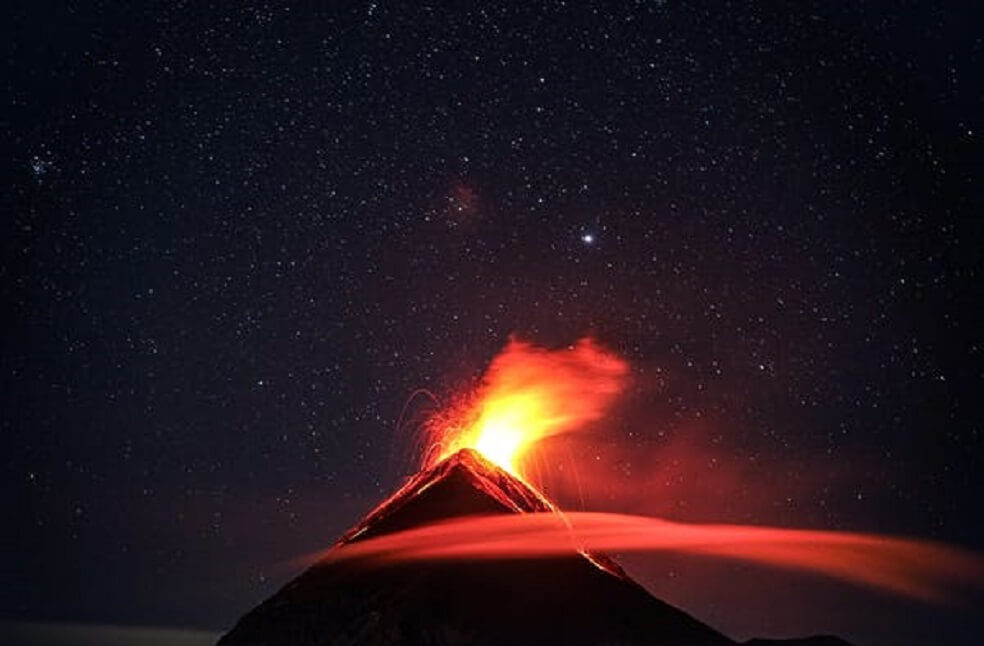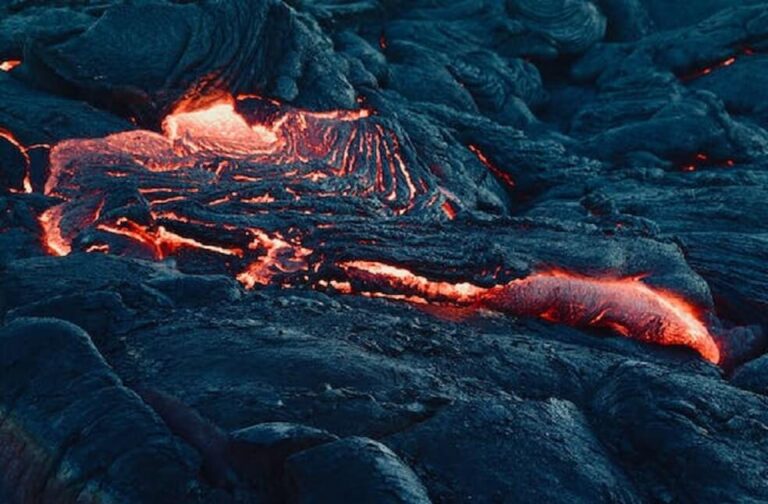Philippines: Forcible evacuations are underway near the Mayon Volcano in the Philippines as authorities warn of a possible violent eruption within weeks or even days. Mayon Volcano, known for its picturesque conical shape, is one of the country’s most active volcanoes. The area within a 6-kilometer radius of the crater is considered off-limits due to the potential hazards of volcanic emissions, lava flows, and rockfalls. However, many impoverished villagers have settled in this danger zone over the years, making the evacuation process challenging.
President Ferdinand Marcos Jr. has pledged to provide aid to the displaced residents and assured them that preparations are being made for a potential eruption. The recent increase in unrest at the volcano led to the raising of the alert level in Albay province. Superheated streams of gas, debris, and rocks cascading down the volcano’s slope indicate activity below the surface that could precede a hazardous eruption.

Although lava has not started to flow yet, conditions have continued to advance. The exact number of residents being evacuated is not immediately available. Mayon Volcano last erupted violently in 2018, causing the displacement of tens of thousands of villagers.
In addition to Mayon, officials are closely monitoring other restive volcanoes in the Philippines, including Taal Volcano and Mount Kanlaon. Taal Volcano, located south of Manila, has caused the suspension of classes in nearby villages due to the thick smog emitted by the volcano. Residents have been advised to limit outdoor activities and wear masks for protection.
The Philippines is situated along the Pacific “Ring of Fire,” an area prone to earthquakes and volcanic eruptions due to tectonic plate movements. The eruption of Mount Pinatubo in 1991, one of the largest volcanic eruptions of the 20th century, resulted in significant casualties and devastation.



